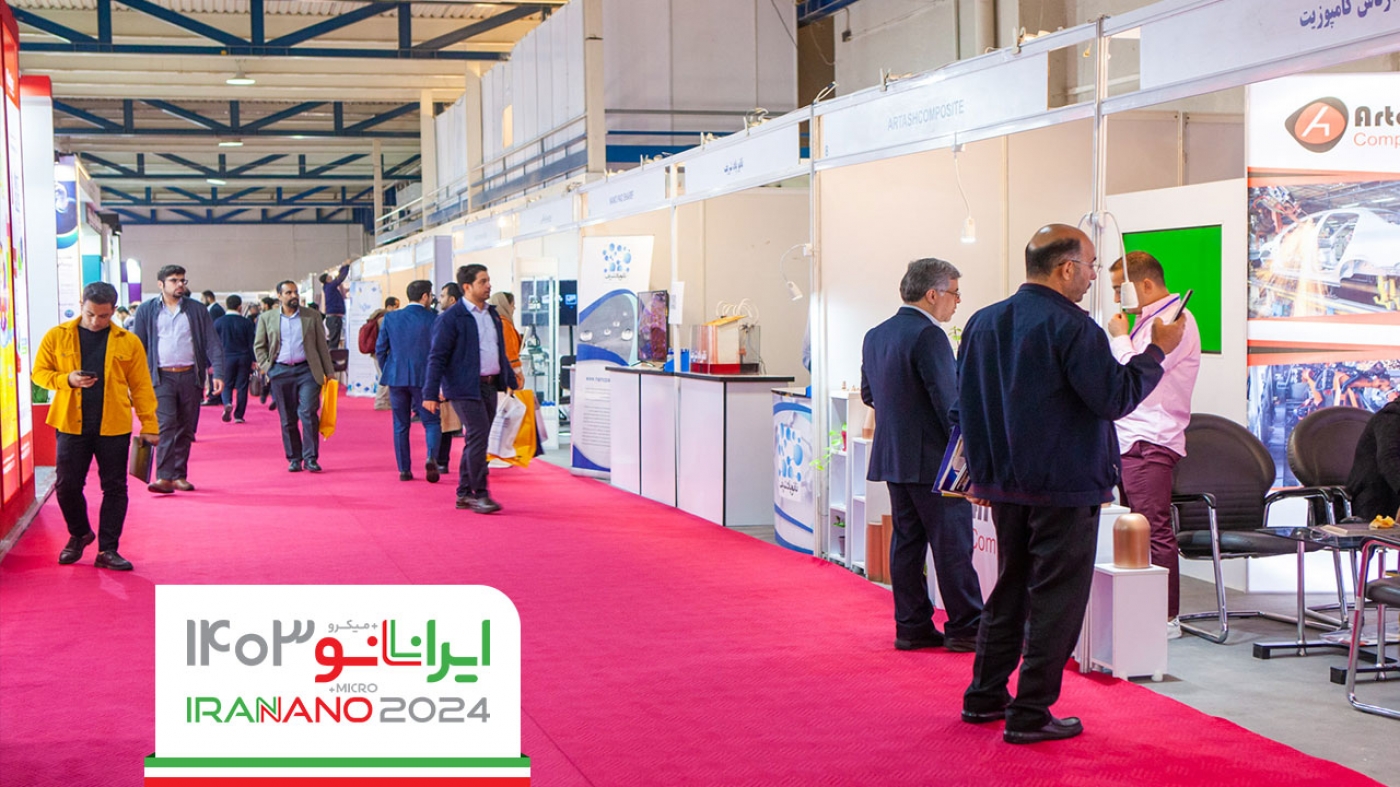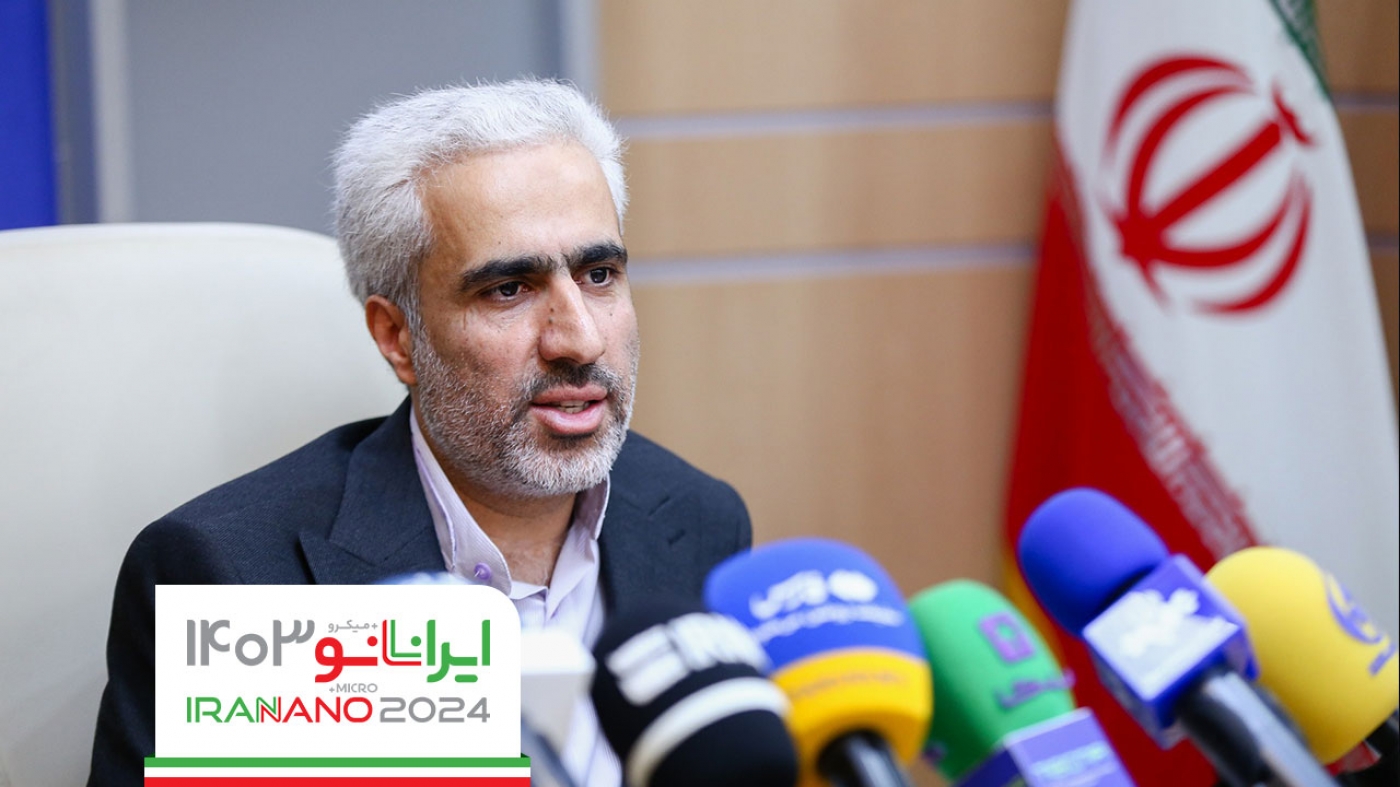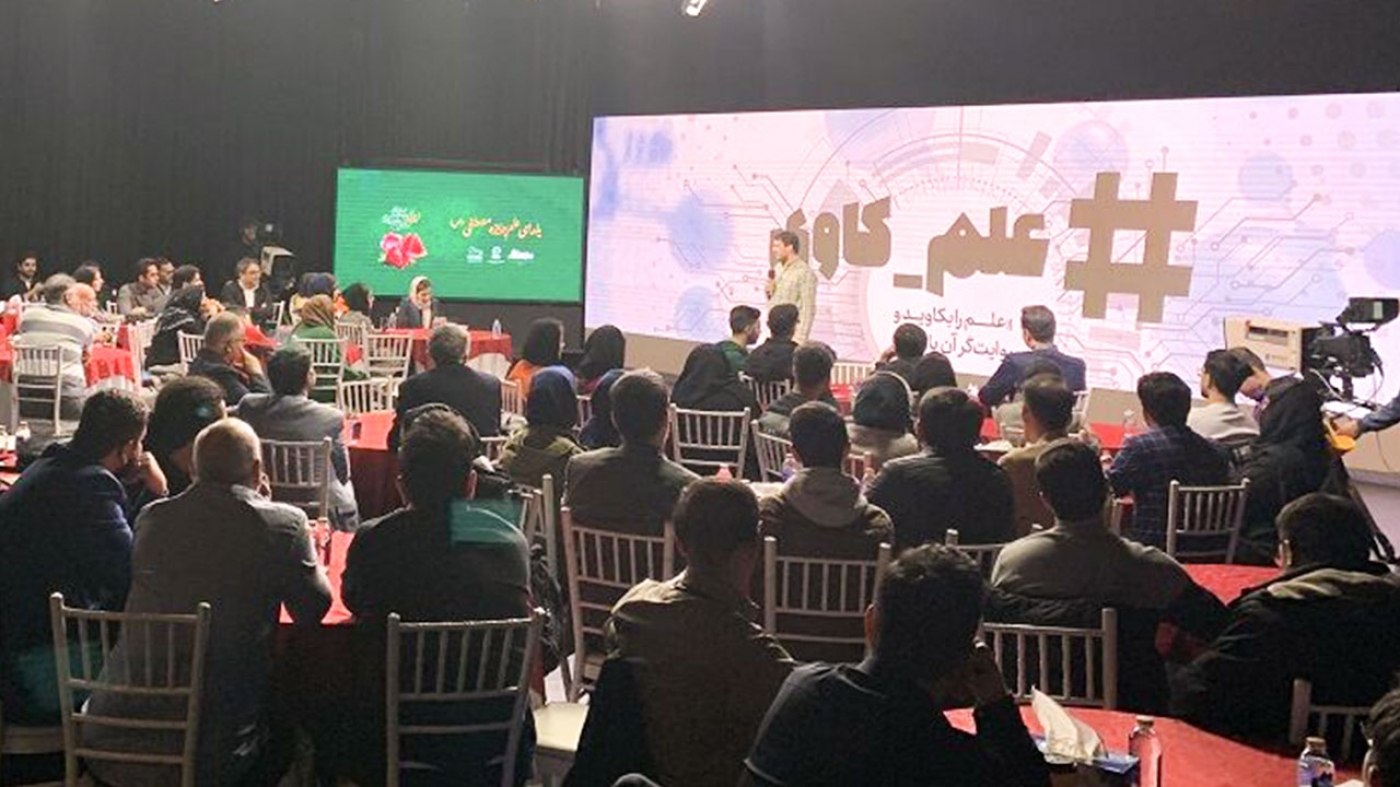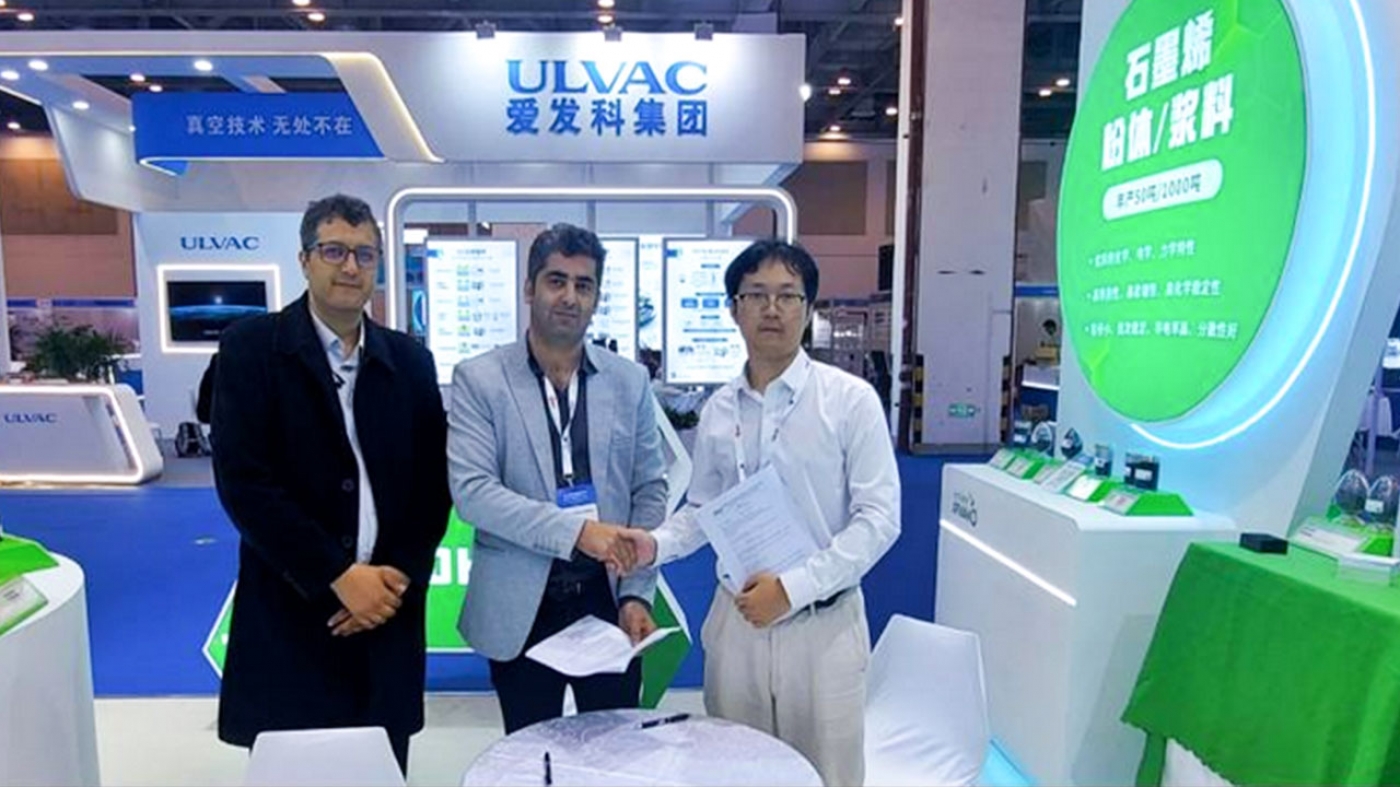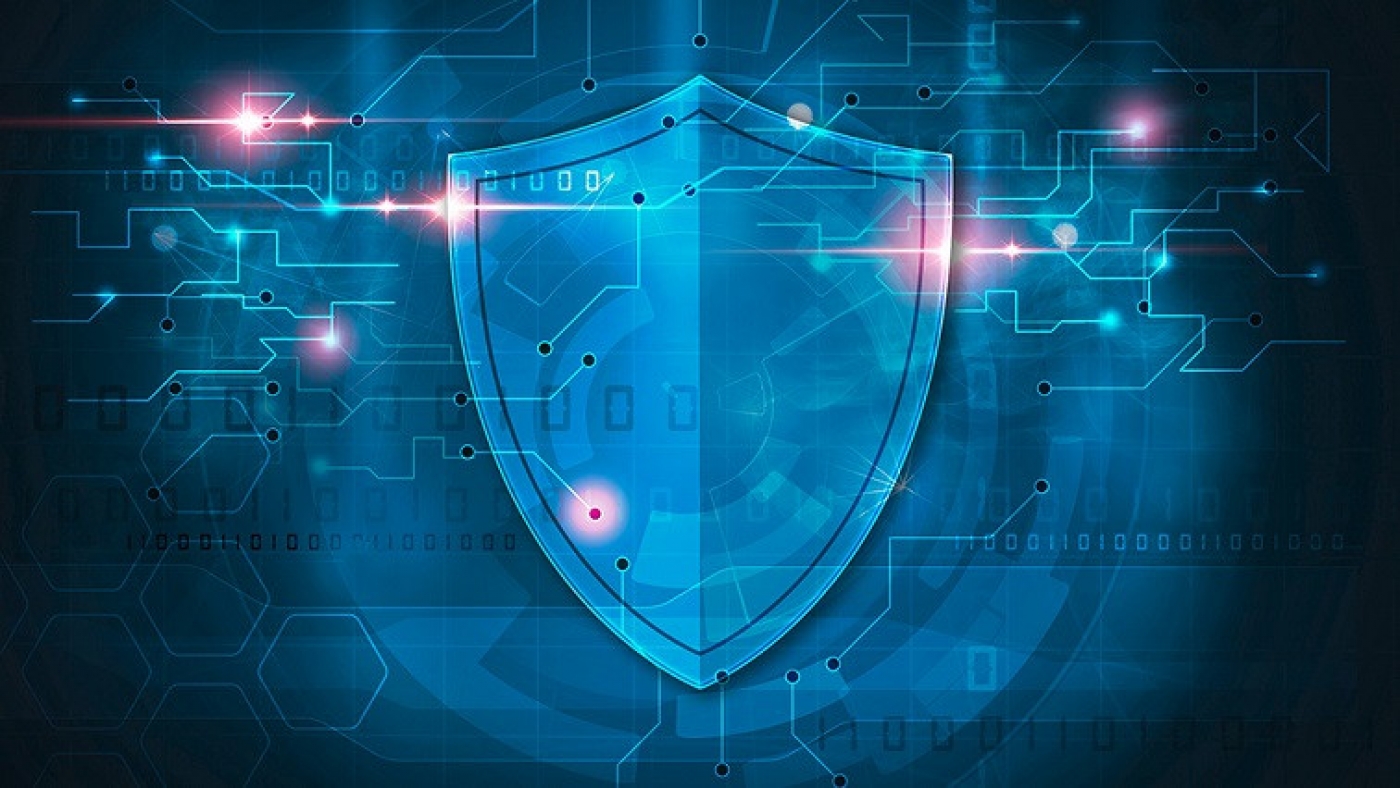
The integration of HydroGraph’s graphene in epoxy resin was able to achieve substantial EMI shielding properties by reaching an 80-decible (dB) attenuation (a reduction of signal strength during transmission) in shielded enclosures of less than 1 mm thick. Minimum ratings for consumer protection are 30 dB and ranges from 60 dB to 80 dB for automotive and aerospace applications.
Samples were produced by HydroGraph’s Manhattan, Kansas, facility, with analytical results obtained from the Graphene Engineering and Innovation Center (GEIC) where HydroGraph is expanding its application development capabilities with a team of commercially focused scientists.
“Our work in EMI shielding started with our partnership with EPM Shielding after they announced their plan to build a US$1.9 billion semiconductor facility on Feb. 20, 2023. These results in EMI shielding have exceeded our expectations,” said Chris Sorensen, HydroGraph’s vice president of R&D. “We believe we have a path to reach military applications that require 100 dB to 120 dB, which would open an enormous market for HydroGraph.”
EMI shielding is used to protect electronics from unwanted signals. For example, it is a critical technology for the accuracy of self-driving vehicles, GPS and other electric vehicle technologies. Shielding is accomplished by insulating sensitive electronics with conductive enclosures which, in turn, reduce signal errors and abnormalities. Graphene, a nanomaterial, does not compete with the current standards of conductive materials used for these enclosures but further improves performance by enhancing them. This shielding effect is used in electronics, medical equipment, various industries including automotive and aerospace, and with military equipment.
The global graphene market was valued at US$337 million in 2022 and is projected to grow to US$2,957.9 million by 2030. It is expected that the EMI shielding market will be worth US$9.4 billion globally by 2028.
Read the original article on Canadian Manufacturing.

